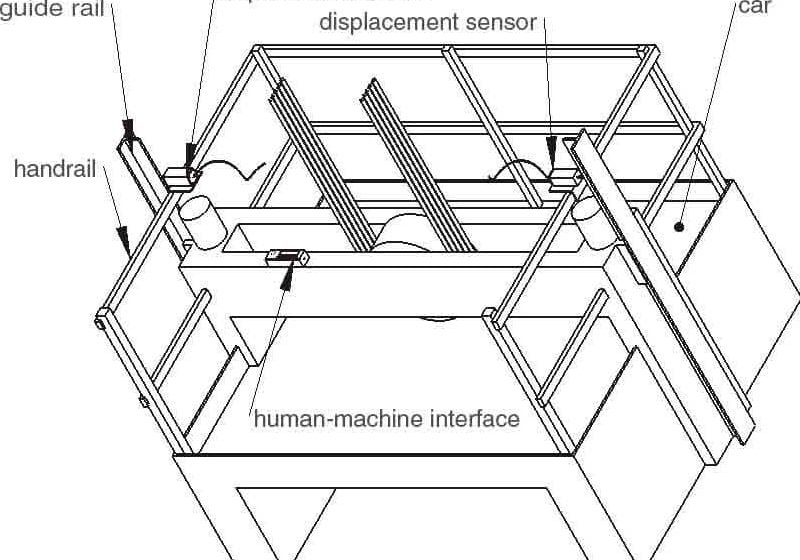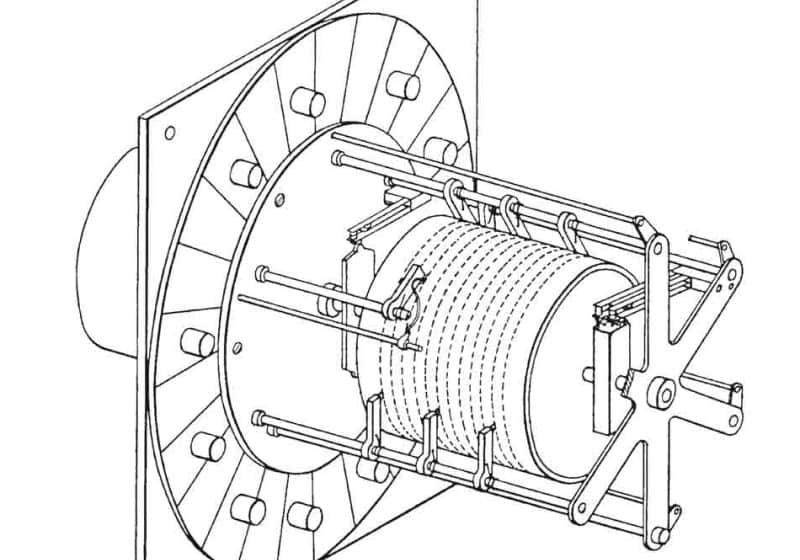In March, the American Society of Mechanical Engineers (ASME) announced that as of January 1, 2014, it will no longer be accrediting QEI certifying agencies. To accommodate this, the ASME QEI-1 Standards Committee has begun the work required to revise the next edition of the QEI-1 Standard as well as the A17.1/B44 code to reflect the necessary changes that will be required for these two documents. Additionally, NAESA International has announced that they are committed to continuing to certify inspectors with the use of an internationally recognized oversight organization to guide their actions in this regard (ELEVATOR WORLD, May 2012). It is also likely that the Elevator Industry Work Preservation Fund (EIWPF) and QEI Services, which are the other two QEI certifying agencies, will do the same.
In view of this major change in the QEI program, we have included in this month’s issue of EW a fine article by NAESA’s Executive Director Dotty Stanlaske on how the recent change in the QEI program will be accommodated by NAESA, and the manner in which this organization will be moving forward with its QEI certifying program. This is an important article for EW readers to review and one that is appropriate for us to have included in this month’s focus topic on certification.
Also in this month’s issue is an article by Robert Kaspersma titled “Global Elevator Certification,” which describes the structure of the European Union (EU) process for design and certification of elevators under the EU Lift Directive. With suppliers and equipment manufacturers from around the world providing elevator industry products throughout Europe, this is a must read article for all members of our industry that are either currently or intending to conduct business in this part of the world.
Additional focus topic articles in this month’s issue, one authored by Koos van Lindenberg and the other by Dirk Schroeter and Cousten Schumann provide comparisons between the European Lift Directive and the North American A17.7/B44.7 Performance Based Code (PBC). These articles describe how each are administered and applied and presents how the recently adopted PBC now allows international equipment manufacturers to more readily introduce their products to the North American market.
John Koshak authored a Continuing Education article on the application of the A17.7/B44.7 code in which he provides a specific example of how Avanti Wind Systems utilized this process to obtain an Accredited Elevator/Escalator Certification Organization certification for its wind tower elevator system. Koshak’s article provides a clear explanation of the A17.7/B44.7 PBC requirements and describes how the risk assessment and mitigation process is not only implemented while assessing new elevator industry technology, but, also how we unknowingly use it in our everyday lives. It is a fine article that I suggest be read without missing a word of what Koshak has to say on this important topic. There were 11,720 new elevators installed in Europe, 37,240 in North America, 297,920 in China and 85,120 installed throughout the rest of the world in 2010 (EW Vertical Transportation Industry Profile, 2011 Edition). It is important that the industry understand how this equipment and the professionals that install, maintain and inspect it are certified. Therefore, it is appropriate for us to have dedicated a section of this month’s issue of EW to this subject. And, it is equally important for EW readers to not only be sure to read the articles in the certification section but keep this month’s issue of EW on hand as a present and future resource.
Get more of Elevator World. Sign up for our free e-newsletter.









